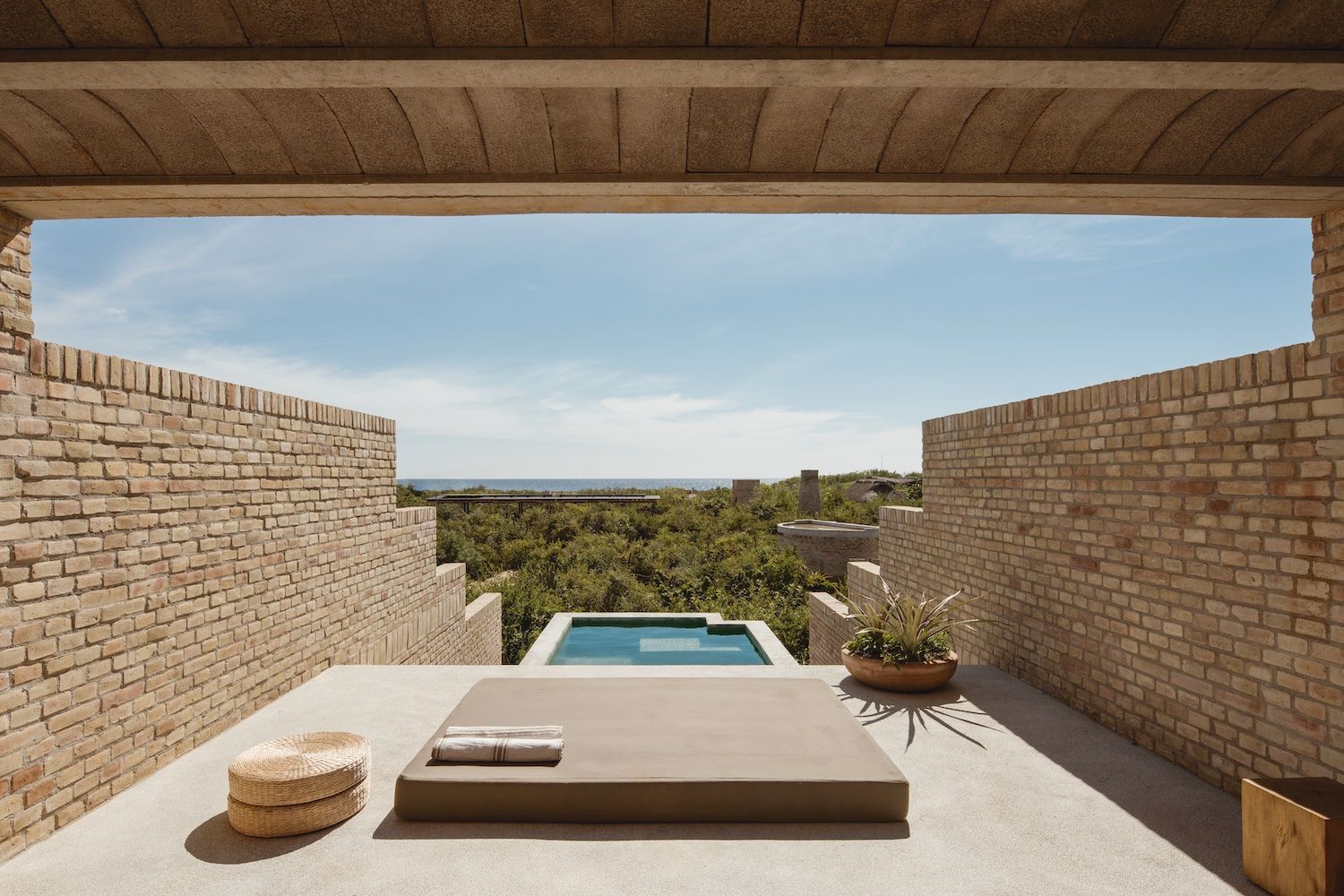Take inspiration from the envelope-pushing interiors, eye-catching details and forward-thinking sustainable initiatives at these luxury hotels around the world
From striking architecture to eclectic interior elements, these luxury hotels—which have recently opened or are slated to welcome guests soon—offer plenty of inspiration for the design lover, and ideas worth replicating in our very own spaces.
In case you missed it:
Interior trends 2023: The best colours, fabrics and styles for your next home renovation
6 architecture trends that will change the way we live in 2023
Chinese New Year 2023: Tatler’s guide to good feng shui for Year of the Rabbit
2023 goals: Beautiful books to read for home design inspiration
5 new and beautiful Singapore hotels opening soon in 2023
Hotel La Palma

Capri, Italy
How do you approach the mammoth task of transforming an iconic hotel? First, choose a designer whose stock- in-trade is bridging the past and the present. Luxury hotel group Oetker Collection picked Francis Sultana to work on Hotel La Palma, its latest acquisition. Sultana is known for working on projects in which art is a major focus, and that’s exactly what it had planned for the property.
















